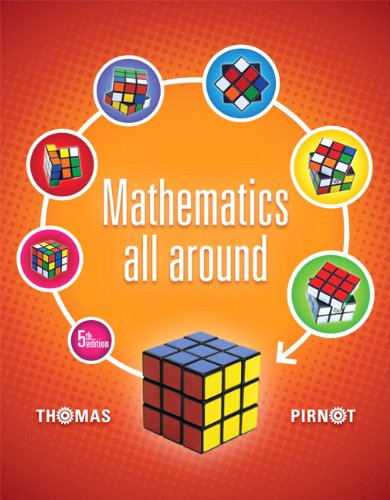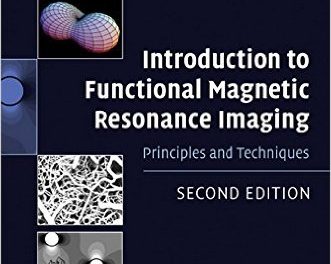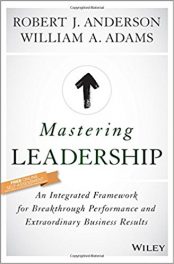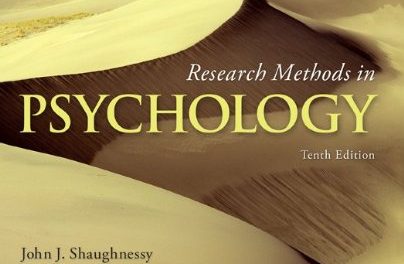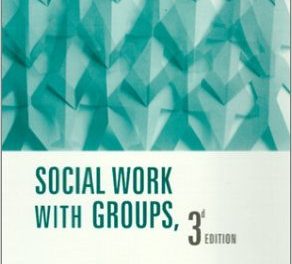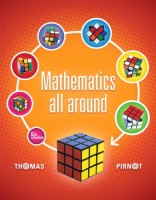 Author: Thomas L. Pirnot
Author: Thomas L. Pirnot
Publisher: Pearson – Education – 763 pages, plus appendix, answers, etc.
Book Review by: Venkat Subramaniam
Thomas Pirnot has made this book refreshingly different from other math textbooks. As the titles of its fourteen chapters show you below, he relates numbers to life, making math come alive. Written in conversational style as someone speaking to a friend, he helps remove the anxiety many students feel when they are about to take a course in any branch of mathematics.
This book has been described by reviewers as “readable, interesting and relevant.” All of this is true, and more. Pirnot uses teaching techniques that help students understand concepts, rather than memorize results and solutions. He uses a variety of helpful tools such as annotations, diagrams, and explanations. His focus in this very accessible and useful book has been to impart problem-solving strategies to students, urging them to think intuitively and visualize.
This is what the book covers, as shown in its table of contents:
- Problem Solving – Strategies and Principles
- Set Theory – Using Mathematics to Classify Objects
- Logic – The Study of What’s True or False or Somewhere in Between
- Graph Theory (Networks) – The Mathematics of Relationships
- Numeration Systems – Does It Matter How We Name Numbers?
- Number Theory and the Real Number System – Understanding the Numbers All Around Us
- Algebraic Models – How Do We Approximate Reality?
- Consumer Mathematics – The Mathematics of Everyday Life
- Geometry – Ancient and Modern Mathematics Embrace
- Apportionment – How Do We Measure Fairness?
- Voting – Using Mathematics to Make Choices
- Counting – Just How Many Are There?
- Probability – What Are the Chances?
- Descriptive Statistics – What a Data Set Tells Us
If the above overview of the subjects covered in this book still makes you nervous in learning things such as set, graph, and number theories, or about numeration systems and algebraic models, Pearson has developed a website to help you.
You can speed up and enhance your learning from this book through MyMathLab, found on this web address: http://www.pearsonmylabandmastering.com/northamerica/mymathlab. This online resource delivers proven results in helping you succeed. It provides engaging experiences that personalize, stimulate, and measure learning for each student.
And, it comes from a trusted partner with educational expertise and an eye for the future. Pearson is the world’s oldest book publisher, founded in 1844, and the largest in educational books.
These are the main benefits of using this book:
- Increased exercise coverage gives instructors more flexibility when building assignments and offers students more practice opportunities.
- New – problem-solving exercises require students to select problem-solving strategy first, and then work through the stepped-out problem.
- New – two new exercise types – vocabulary exercises and video assessment exercises – offer more ways to assess students’ understanding of important concepts.
- New – Getting Ready for Liberal Arts Math exercise sets are arranged by learning objective, so instructors can assess and review prerequisite math skills as needed.
- New – A Ready to Go course offers premade and preassigned homework assignments, making it even easier to set up online course materials.
- New – Quiz Yourself exercises let students check their understanding of the material as they are reading. These hands-on practice problems align with the examples and Quiz Yourself exercises in every chapter.
Thomas L. Pirnot was a mathematics professor at Kutztown University in Kutztown, Pennsylvania. He is currently retired. Founded in 1866 as a school to prepare teachers, this university offers degree courses in teacher education, including elementary and secondary education. Besides this field, it specializes in art education, business administration, computer and information science, counseling psychology, electronic media, information technology, library science, and public administration.

